Mersen medium voltage IEEE fuses
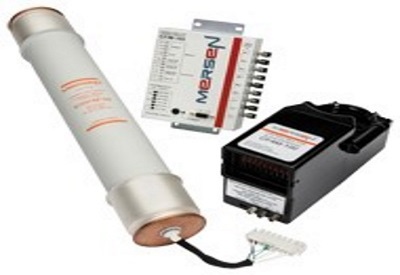
Medium voltage controllable fuses are a modern innovation providing a cost-effective solution to mitigate the Arc-Flash hazard to the low-voltage side of a medium voltage transformer.
How does the Intelligent Fuse System Work?
The Mersen A155CNF Series operates like a normal MV fuse under short circuit and overload situations. When connected to an Arc-Flash detection system that is properly set up, the MVCF will open the circuit in time to limit the Hazard to Category 2 PPE. The Mersen MVCF System’s Interface Module (CFIM) is mounted in the Low Voltage area and accepts a trip signal from the customer’s existing Arc-Flash detection relay. The CFIM immediately sends a signal over fiber-optic cables to the Actuator Modules (CFAM) attached to the bottoms of the fuses in the Medium Voltage cabinet. The CFAM then causes a switch within the fuse to open. This shunts the current through a much smaller fuse element that opens the circuit in a controlled manner.
Features:
– Fuses fit into existing clips and space – The retrofit can be completed in minutes, provided fiber optic cable is already in place.
– Lowest-cost Arc-Flash Mitigation Solution – A turnkey installation of the MVCF will cost a fraction of other available alternatives
– Exceptional Performance – 50kA short circuit interrupt rating
– Fast response time mitigates the arc-flash energy to Category 2 PPE
– Low Maintenance – Fuses are designed to last 20 years with no maintenance intervals, and the battery lasts for 3 years
– Flexible Design Interface – Designed to be used with a variety of conventional Arc-Flash detection devices and relays
– Minimal stress on other devices – The fuse element softens the voltage spike that occurs when opening. Alternatives may generate an excessive spike that could damage transformer insulation or upstream devices
– Small Back-up Power Cells – The MVCF utilizes small batteries that fit inside the Controllable Fuse Actuator Module (CFAM) versus other solutions requiring multiple lead-acid car batteries
For more information:
http://ep-us.mersen.com/products/catalog/line/medium-voltage-controllable-fuse/



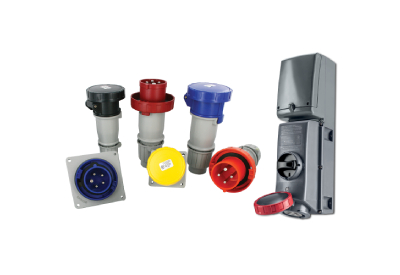
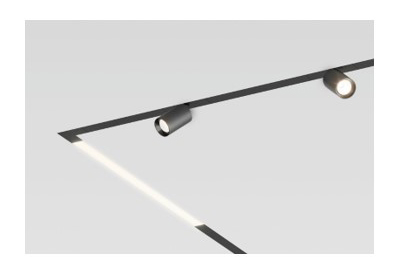
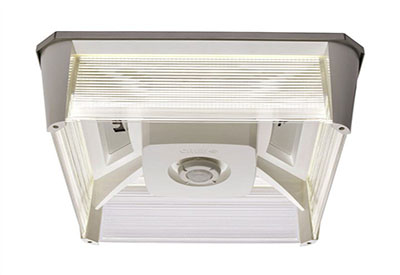
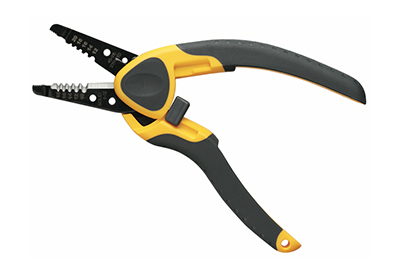



![Guide to the Canadian Electrical Code, Part 1[i], 26th Edition – A Road Map: Section 10 – Grounding and Bonding](https://electricalindustry.ca/wp-content/uploads/2022/11/Guide-CE-Code-2.png)





